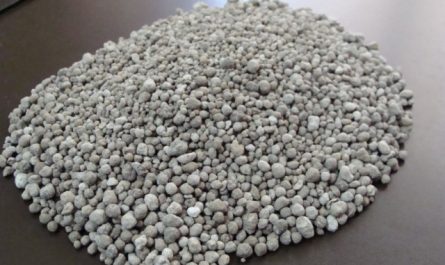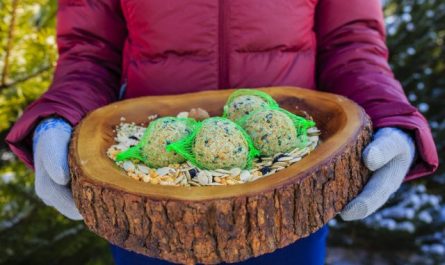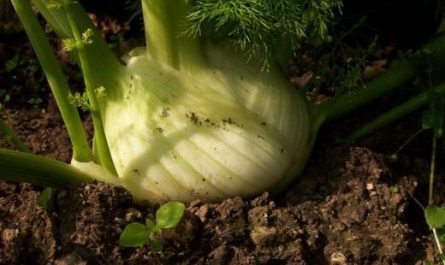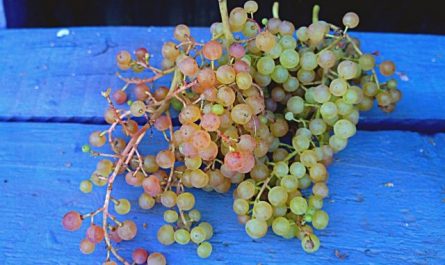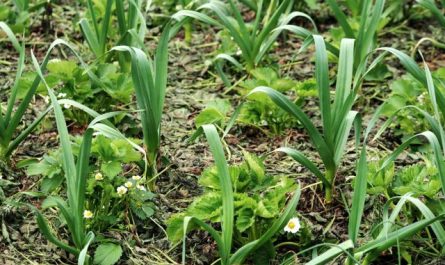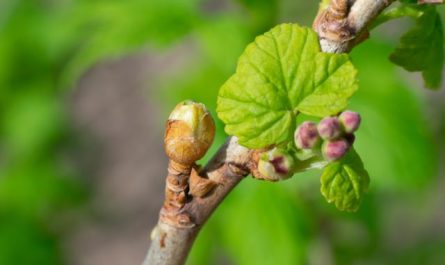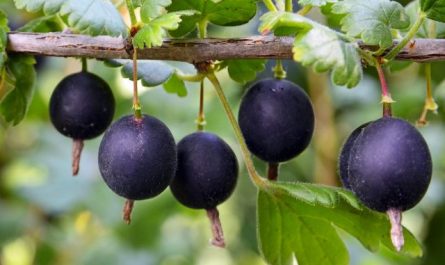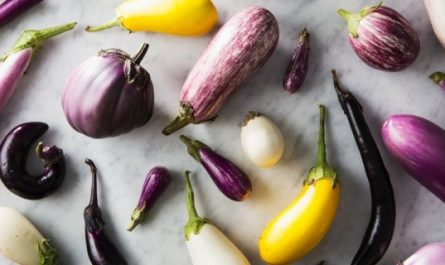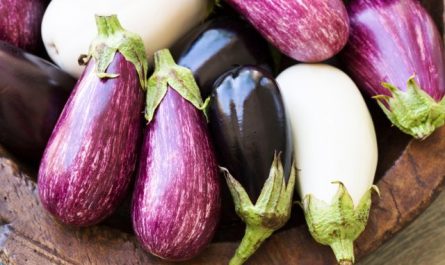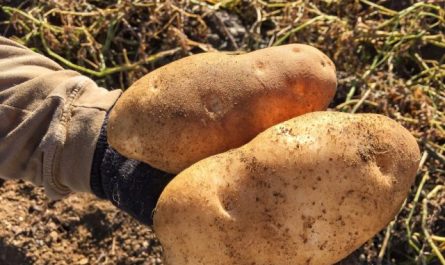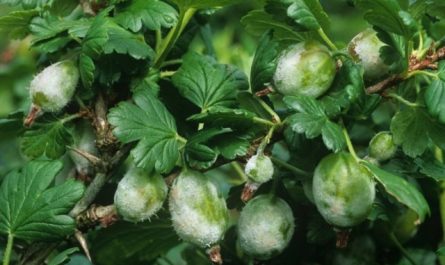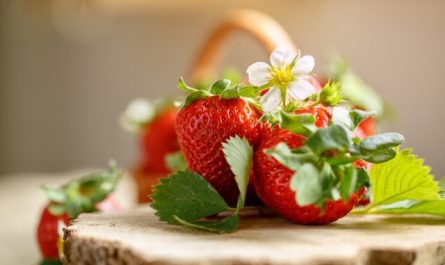Chives, or chives, are mild in taste and very beautiful, which makes them indispensable in every garden plot. Their delicate feathers will decorate not only the beds, but also the flowerbed, and their delicate and subtle taste will become an indispensable component of your culinary masterpieces. At the same time, if you follow simple rules of sowing and care, the variegated greenery of chives will delight you from spring to autumn.
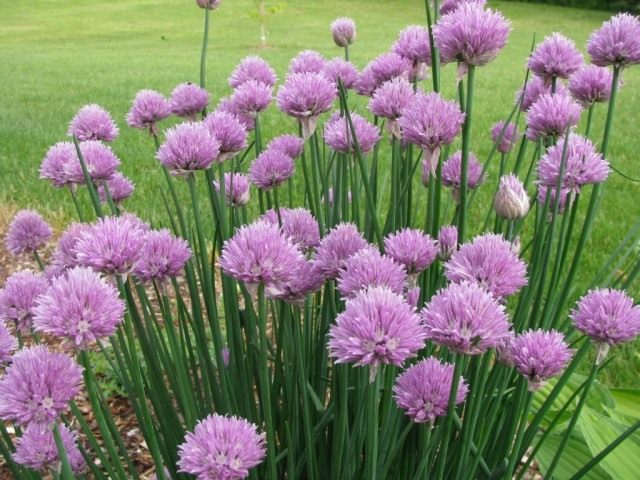
The feathers of chives resemble thin tubes. They have a very mild, almost neutral taste compared to other varieties of onions, and are an indispensable component of salads, omelettes, stuffed eggs and tomatoes, giving them and other dishes a fresh, piquant taste.
In addition to the leaves, the flowers of chives are also edible. They can be used to decorate salads and cold appetizers. They are also irreplaceable in landscape design. Chives grow well next to other greens and flowers, but they do not tolerate the proximity of legumes and cabbage.
Chives come from polar regions. This species has a small varietal diversity. The most famous and widespread variety is Grolau. There are also varieties of chives with thin tubular feathers, somewhat more compact in the bushes. If you want to get the same mild-tasting onion, but retain the aromas of ordinary garden onions, you should buy Chinese onions instead of chives.
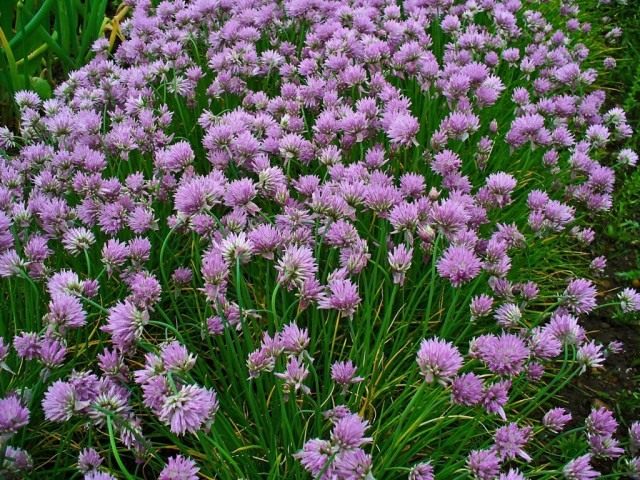
Chives can be sown almost anywhere, provided that the plants receive the necessary amount of moisture. Therefore, our hero should not be planted in soil that dries out very quickly.
Chives can be “collected” from early spring to late autumn, and they need to be cut at a height of two centimeters above the ground. Never cut all the leaves at once, because in this case the plant will receive fewer nutrients and will not please you with new greenery for a long time.
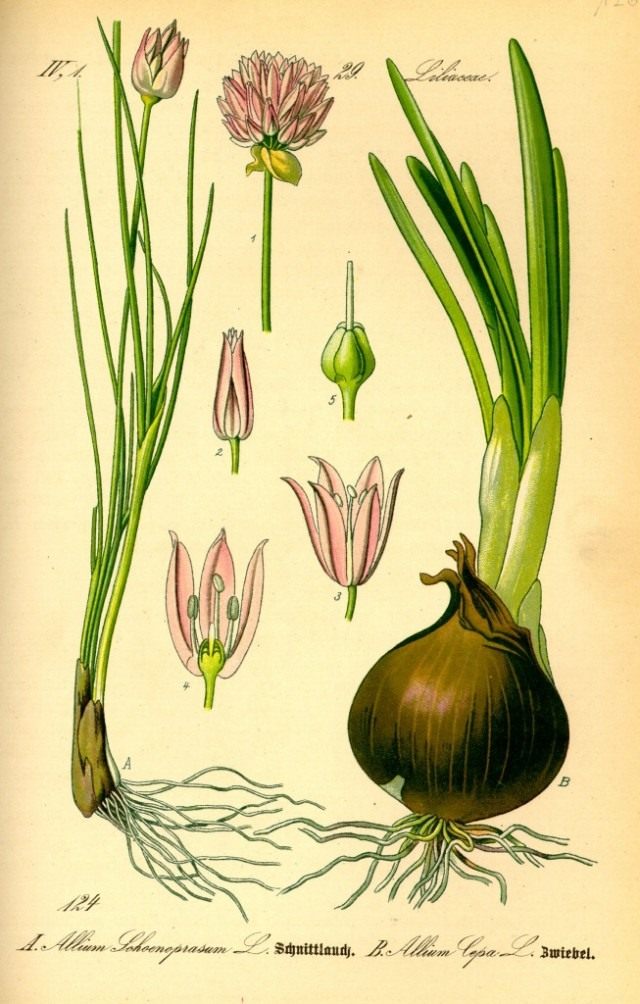
This type of onion can be used both fresh and stored for the winter; chives can be dried or frozen in ice cubes, although in this case they will lose most of their vitamins, but will hardly lose their taste.
Before placing the chives in the freezer, chop them finely and divide them into small portions.
There’s a much easier way to enjoy your favorite chives all winter long: grow a few plants in flower pots.

